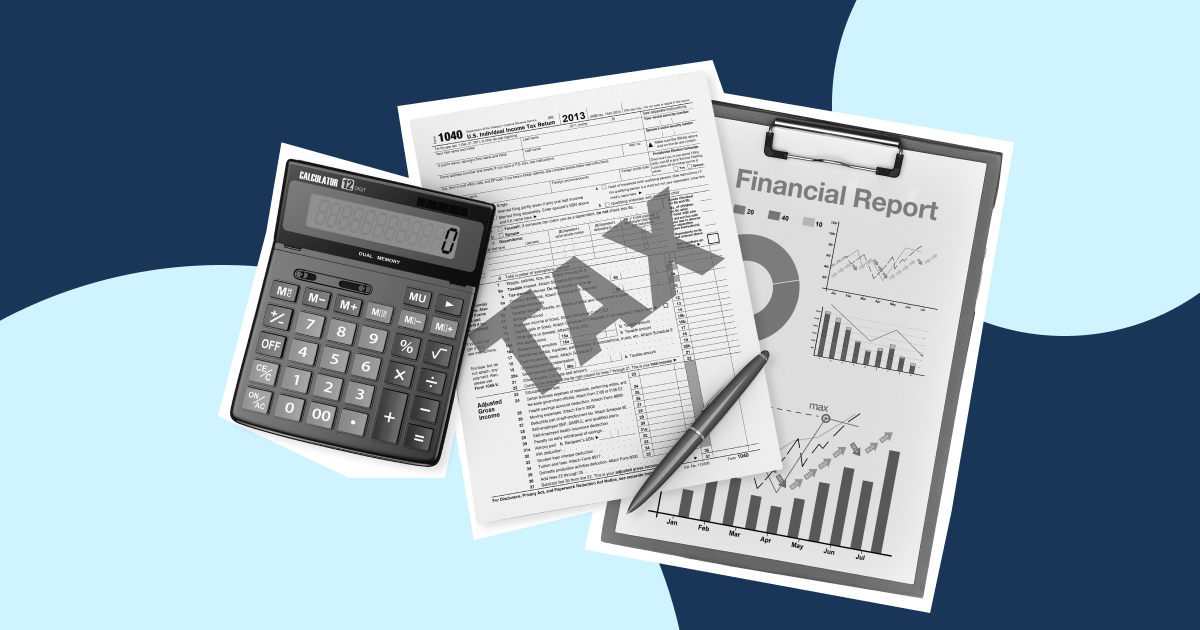Summary
How often do customers read online reviews before making a purchase? In the internet age, almost always. The main driver for Singaporean consumers to click ‘check out’ is knowing they have gotten the best deal possible. To arrive at this informed decision, they read online reviews left by past customers.
Scoring positive reviews is an effective strategy business owners should not ignore. If you are wondering how to ask for customer reviews, here is a guide we have put together. We have also included tips on how to respond to positive and negative reviews.
How to get customer reviews
Step 1: Set up a channel for customer reviews
The trick to getting customers to leave reviews is simple: make the review process as easy as possible. To begin, set up profiles on relevant forums and review sites your customers frequent. For example, those who are in the food industry will want accounts on Burpple, Chope, Google, TripAdvisor, Facebook. Each industry is different so do your research.
Step 2: Leverage on customer happiness
When you catch your customer in a good mood, they are also more likely to leave positive, detailed reviews.
Here are some strategic moments you can ask your customer for a review. When they:
- Make a re-purchase or multiple orders
- Refer another customer
- Tag you in a positive social media post
- Make a big order
Step 3: Make leaving reviews a part of the user experience
Writing a review should be a seamless part of the user experience. One way you can achieve this is by including a review form or link on the final purchase confirmation page. Sending a follow-up email works, but you risk your message being lost to the spam folder.
Step 4: Ask for a review indirectly
Most customers find writing a review to be intimidating. Avoid coming on too strongly by beginning with questions like, “How was your shopping experience with us?”
This opening also allows you to suss out if they are unhappy with their purchase and if need be, perform customer recovery.
Step 5: Reply to your customer’s review
Close the loop with your customers by replying to their reviews. 53% of customers expect a response to their reviews and preferably within a week.
Good or bad, you should leverage reviews to establish an emotional connection and build a relationship with your customers. After all, customer engagement has been proven to be good for sales.

How to respond to positive and negative reviews
Regardless of whether you are responding to negative or positive reviews, you want your customers to feel like they’re part of a two-way conversation.
How to respond to positive reviews
Responding to positive reviews is easy. All you have to do is express gratefulness. If you aren’t sure how to best do so, here’s a sure-fire method to follow.
Tip 1: Use their name
Be personal and address them by their name. This is the easiest way to humanise and make them feel appreciated. You can start with an informal “Hey ___!” or “Hi there ___.”
Tip 2: Respond promptly and keep it short
Professing your thanks in a too-long message might come off as insincere or trying to humble-brag. Keep your response to the point. Mirror the contents of their message to show you have acknowledged their praise. It doesn’t hurt that dropping keywords into your response boosts your SEO.
Tip 3: Provide them with a discount on their next purchase
If you can afford it, respond in kind by offering them a small discount on their next purchase.
You are not only likely to enjoy increased consumer engagement, but also retain clients who want to try new products from your brand.
Tip 4: Say goodbye and leave them with a good feeling
Wish them a wonderful week. Remind them that you are here for them the next time they require the service. Happy customers mean a higher chance of them recommending your services.

How to respond to negative reviews
Responding to negative reviews requires more tact. With negative reviews, keep in mind the rules you would use for positive ones on top of the following tips.
Tip 1: Don’t get defensive
When someone criticises you, it’s natural to want to defend yourself. But at the heart of a bad review is a customer who wants their grievances to be heard. Get in the right headspace by seeing bad reviews as an opportunity to improve your PR, boost product awareness and reinforce brand authenticity. Always take an even tone and use neutral language.
Tip 2: Do thank and apologise to your reviewers
Always start by thanking your customers for leaving you feedback. Then, apologise for their negative experience. This starts the message on a positive note and shows you are willing to listen.
Tip 3: Address their concerns and offer solutions
Now, you want to affirm your customer. Your reply should follow this format:
1. What happened and when it happened
2. Their experience
3. What happened on your end (this should be the shortest segment)
4. How you can rectify their problem
Use terms such as “I understand that…” and “I am happy to...” before offering solutions. Recount their experience by stating facts and dates. Never get too personal.
Tip 4: Thank them and take the complaint offline
Show that their feedback is valued by closing your message with thanks. Then, leave your email or a method of contact so they can reach out to you and settle the issue privately. This way, you prevent their experience from souring further and it gives you more control over the situation.
How To Get Customer Reviews
Ultimately, following up with positive and negative customer reviews is a great way for businesses to boost sales. Hopefully, this guide on how to ask for customer reviews will increase customer engagement for your business!










%201.webp)


.webp)